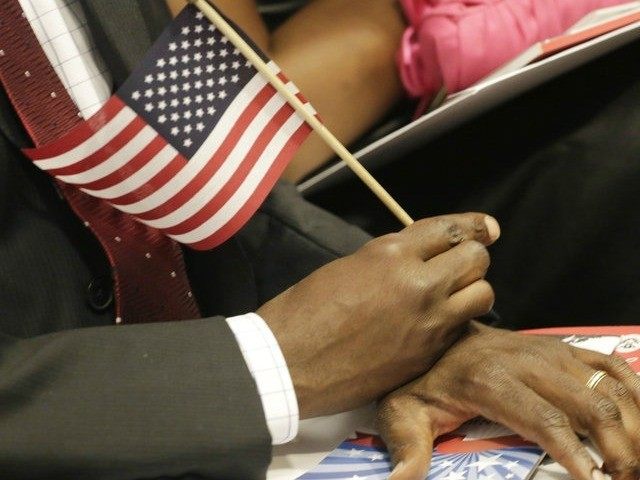The EB-5 visa program — wherein foreign investors can be placed on a path to citizenship by investing and creating at least 10 full-time jobs in U.S. — is a scam, University of Chicago Law School professor Eric Posner concludes.
“If you want to find a real scam involving a country that sells citizenship to foreigners, you don’t need to look overseas. Here at home we do just that with a ludicrous program for ‘immigrant investors.’ It’s the worst combination of bad economics, political cronyism, and unfairness—and it has been endorsed by saints of capitalism Warren Buffett and Bill Gates,” Posner writes in a column published at Slate this week.
Posner dissects the problems with the program — which requires a minimum investment of $1 million ($500,000 if the investment is made in a high-unemployment area) as a poorly conceived scheme that foreign immigrants can easily manipulate:
Given the size and liquidity of capital markets, the program has reduced the cost of capital by an infinitesimal amount, basically zero. A tiny reduction in the cost of capital might produce a tiny increase in the number of jobs, but most likely it will produce a tiny increase in profits for other investors or tiny reductions in price for consumers. It’s a bit like saying that you can immigrate to the United States if you buy a few cars from a domestic auto dealer at a price slightly higher than what the dealer is charging.
Posner, the author of The Twilight of Human Rights Law, reveals just how small of an investment in the end these EB-5 visas immigrants are required to make when viewed in full:
It’s also worth pointing out that the price we charge for citizenship is extraordinarily low. A $500,000 investment requirement is not a $500,000 price tag. If you invest in a high-unemployment area which other investors avoid, you might sacrifice some return on your investment, but you’ll probably get your investment back. A shrewd investor will find an investment that pays a couple percentage points below the market rate. If he invests $500,000 in order to obtain, say, a 6 percent return rather than an 8 percent return, then the true price he pays for U.S. citizenship is $10,000 in foregone return.
The program — which has been the subject of recent cronyism scandals and congressional inquiries — Posner argues, is in the end, a “most inefficient” way to sell U.S. citizenship.
He points to a proposal from Nobel laureate and former University of Chicago economist Gary Becker, to simply sell citizenship for a flat fee, as a more effective model:
Becker argued that citizenship is a scarce good just like tomatoes and hula hoops, and is thus subject to the law of supply and demand. America owns visas and should sell them to willing buyers at the market-clearing price. We would attract immigrants who are skilled enough to earn wages that would cover the fee, and we would gain again from the tax on their wages once they began work in this country. These types of immigrants—the ones who could afford the fee—would be least likely to burden the public fisc by needing welfare payments. (Criminals and terrorists would be screened out.)
Of course, Posner notes, that the Becker plan does contain gaps, namely that while it could spur the motivated wealthy to come to the U.S. it would also leave the door open for the foreign “idle rich” and leave out the possibility for low-income foreigners to immigrate to the U.S. for a higher paying gig:
Moreover, Becker’s scheme doesn’t address the politics of immigration. Once immigrants obtain citizenship, they can use the vote to influence policy. If they don’t share American values, then they might use their votes to change our laws and institutions in ways we don’t like. In Europe, tensions between liberal natives and newcomers with conservative religious values have sparked a backlash among the public, and soul-searching among the elites, who have scrambled to figure out ways to assimilate immigrants or screen out those who can’t be assimilated.
Posner ends with the argument that “traditional” immigration systems make more sense for the U.S.
Malta and St. Kitts needn’t worry about this problem because people who buy citizenship from those countries don’t want to live in them. Where crowds are banging at the gates, like United States or Australia (which is considering a money-for-citizenship proposal), traditional methods for selecting immigrants are wiser.

COMMENTS
Please let us know if you're having issues with commenting.